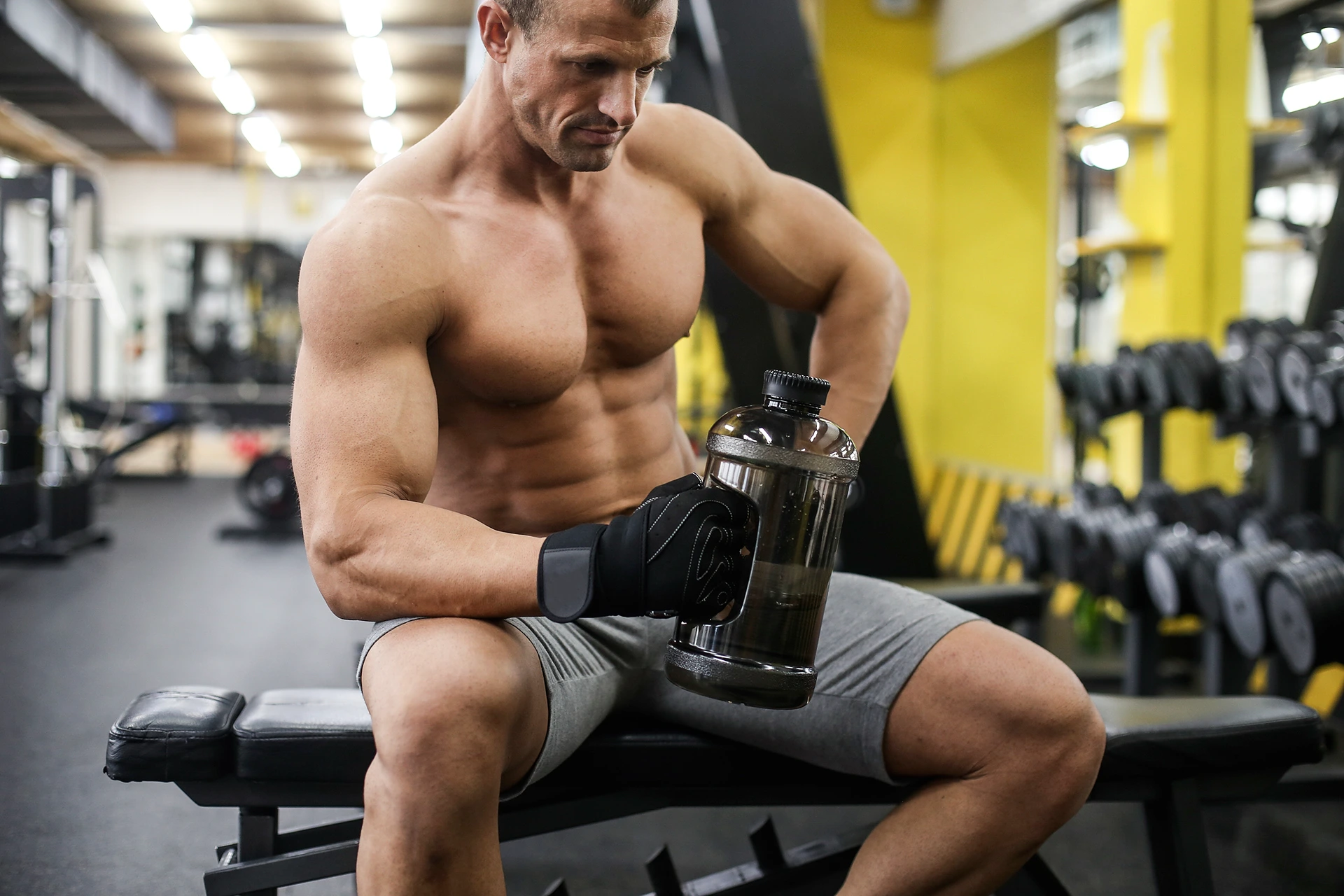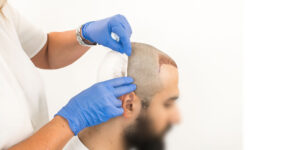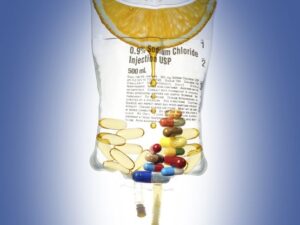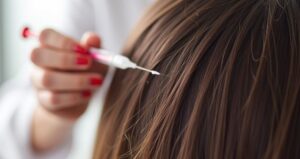
Testosterone Replacement Therapy (TRT) has become an increasingly popular treatment for men dealing with symptoms of low testosterone. As men age, their testosterone levels naturally decline, leading to a range of issues such as decreased muscle mass, fatigue, and diminished strength. For many men, these changes can be frustrating and limit their ability to perform everyday activities, much less engage in physical pursuits like weightlifting or sports. The question remains: can TRT for men improve muscle mass and strength? In this article, we will explore how TRT can benefit muscle health and overall strength, and the role testosterone plays in the development of lean muscle mass.
Understanding Testosterone and Its Role in Muscle Mass
Testosterone is the primary male sex hormone, and it plays a critical role in various aspects of health, particularly when it comes to physical fitness. It is responsible for the development of male physical traits, such as facial hair, deep voice, and muscle mass. Testosterone influences muscle protein synthesis, which is the process by which the body builds and repairs muscle tissue. This is essential for both muscle growth and recovery after physical activity.
Testosterone also affects strength by increasing the size and number of muscle fibers, particularly the fast-twitch fibers responsible for powerful, explosive movements. Additionally, testosterone promotes bone density, red blood cell production, and fat distribution, all of which are key components of overall physical performance.
As men age, their testosterone levels decline, often leading to a loss of lean muscle mass, decreased strength, and an increase in body fat. Low testosterone levels can also hinder the body’s ability to recover from exercise, making it harder to maintain or build muscle. This is where TRT comes in as a potential solution.
How Does TRT for Men Work?
TRT for men involves supplementing the body’s natural testosterone levels with synthetic or bioidentical testosterone. This can be administered in several forms, including:
- Injections: The most common method, involving regular intramuscular injections of testosterone.
- Patches: Topical patches that release testosterone through the skin.
- Gels: Applied to the skin daily, allowing testosterone to be absorbed directly into the bloodstream.
- Pellets: Small pellets that are implanted under the skin and release testosterone gradually over time.
The goal of TRT is to restore testosterone levels to within a healthy range, which can alleviate symptoms of low testosterone such as fatigue, low libido, and muscle loss. When testosterone levels are optimized, the body’s ability to build and maintain muscle mass is greatly enhanced.
The Effect of TRT on Muscle Mass
One of the primary reasons men seek out TRT is its potential to help improve muscle mass. Low testosterone can cause a noticeable decline in muscle tissue, which often becomes more apparent as men age. TRT has been shown to effectively reverse this process by stimulating muscle protein synthesis and promoting muscle growth.
Several studies have examined the impact of TRT on muscle mass in men with low testosterone. Research indicates that testosterone therapy can significantly increase both the size and strength of muscles, particularly in men who are actively engaged in resistance training.
For example, a study published in the Journal of Clinical Endocrinology & Metabolism found that men with low testosterone who underwent TRT experienced significant increases in lean body mass and muscle strength after a period of exercise training. Another study in The American Journal of Physiology highlighted that TRT could lead to an increase in muscle fiber size, particularly in fast-twitch fibers that are responsible for powerful, explosive movements.
While TRT alone may not result in dramatic muscle gains, it is highly effective when combined with regular strength training exercises, such as weightlifting. By optimizing testosterone levels, the body becomes better equipped to respond to the physical stress of exercise, leading to enhanced muscle growth and strength gains over time.
Boosting Strength Through TRT
Strength, like muscle mass, is heavily influenced by testosterone levels. Testosterone plays a vital role in the development of muscle power and endurance. As testosterone levels decline, men often experience a reduction in both their maximum strength and their ability to perform sustained physical activity.
TRT can help improve overall strength by enhancing the body’s ability to develop and maintain muscle mass. Increased testosterone levels improve the body’s muscle fiber composition, particularly the growth of fast-twitch muscle fibers, which are responsible for short bursts of strength, speed, and power. These fibers are crucial for movements like sprinting, jumping, and heavy lifting.
By boosting testosterone levels, TRT allows men to lift heavier weights, perform more intense workouts, and recover more effectively after physical activity. This can lead to significant improvements in overall strength, muscle endurance, and performance in sports or fitness activities.
The Importance of Exercise in Maximizing the Benefits of TRT
While TRT can help improve muscle mass and strength, it is not a magic solution. Exercise, particularly resistance training, is key to maximizing the benefits of testosterone therapy. Strength training exercises, such as squats, deadlifts, bench presses, and pull-ups, are particularly effective at promoting muscle growth and enhancing overall strength when combined with TRT.
Incorporating a consistent exercise routine that includes both strength training and cardiovascular exercises can accelerate the results of TRT. Cardiovascular exercises can help reduce body fat, improving muscle definition and overall appearance, while strength training focuses on building muscle and increasing strength.
It is important for men undergoing TRT to work with a healthcare provider and possibly a fitness professional to create a workout plan that suits their specific needs. A balanced diet rich in protein, healthy fats, and carbohydrates is also crucial for supporting muscle growth and recovery.
Potential Risks and Considerations
While TRT can offer substantial benefits in terms of muscle mass and strength, it is important to note that not every man is a candidate for testosterone therapy. TRT is typically recommended for men who have clinically low testosterone levels, confirmed through blood tests. Additionally, men with certain health conditions, such as prostate cancer, severe sleep apnea, or heart disease, may not be suitable candidates for TRT.
TRT can also come with some potential side effects, including acne, fluid retention, and an increased risk of blood clots. In rare cases, testosterone therapy may exacerbate pre-existing prostate issues. For this reason, it is crucial to work closely with a healthcare provider to monitor testosterone levels and assess any potential risks during treatment.
Achieve Smooth, Hair-Free Skin with Laser Hair Removal
Say goodbye to shaving and waxing with Moderna Laser MedSpa’s advanced laser hair removal services. Serving Las Vegas and Henderson, we use the latest technology to provide safe and effective treatments for long-lasting hair reduction. Whether you’re looking to treat small areas or larger body parts, our expert team ensures that you achieve smooth, hair-free skin without the hassle of traditional methods. Call (702) 485-5488 or visit modernalaser.com to schedule your consultation.





